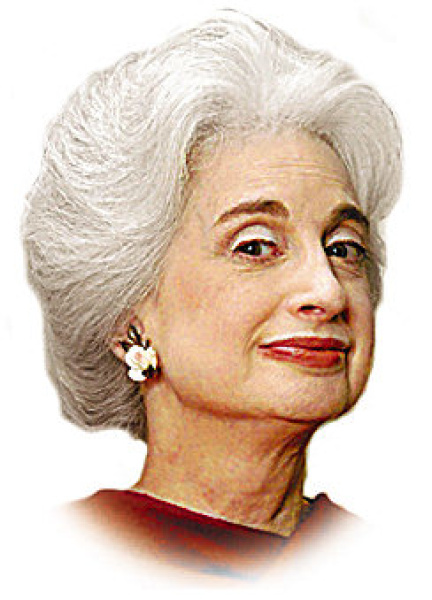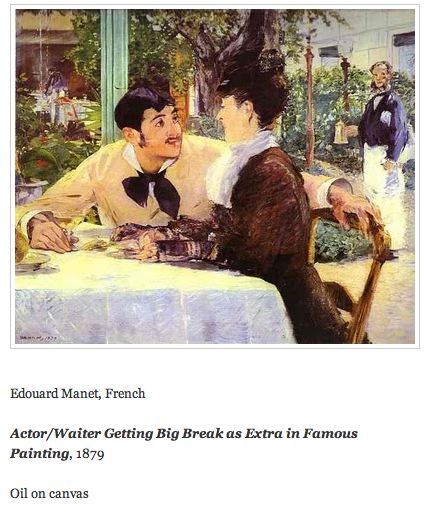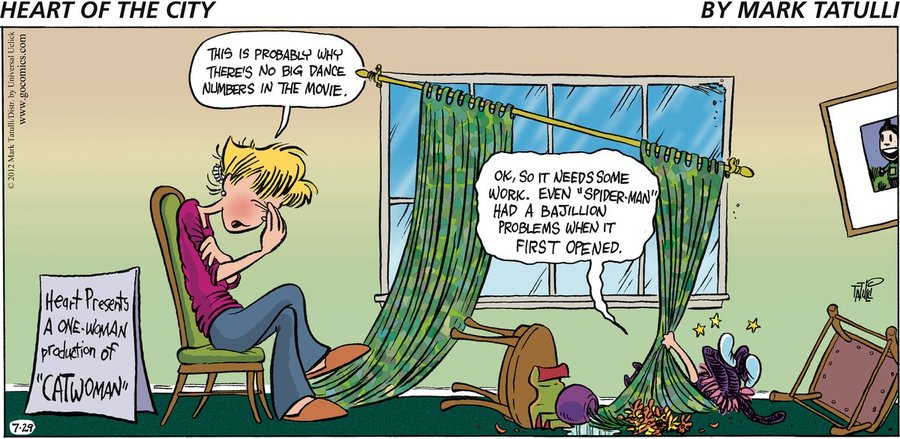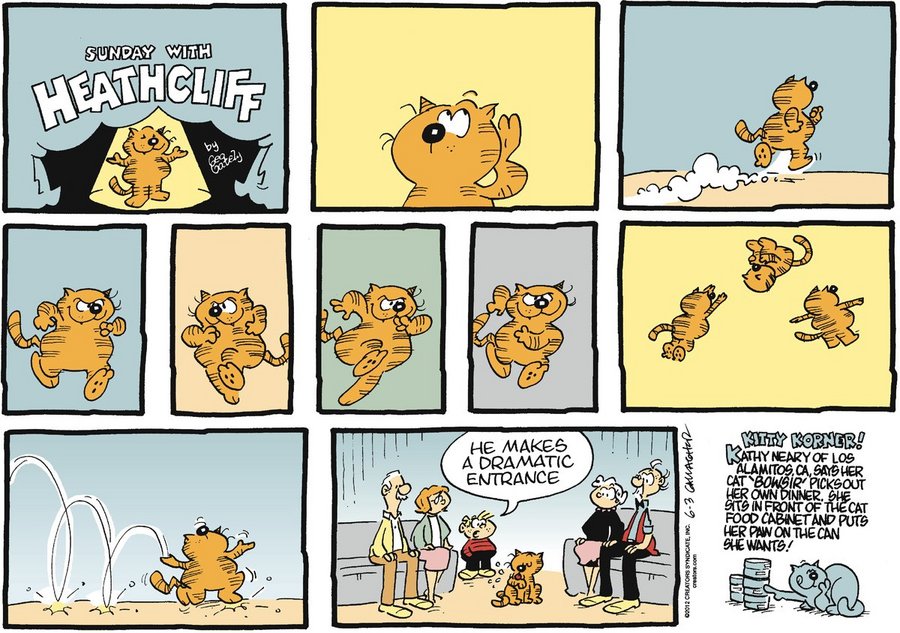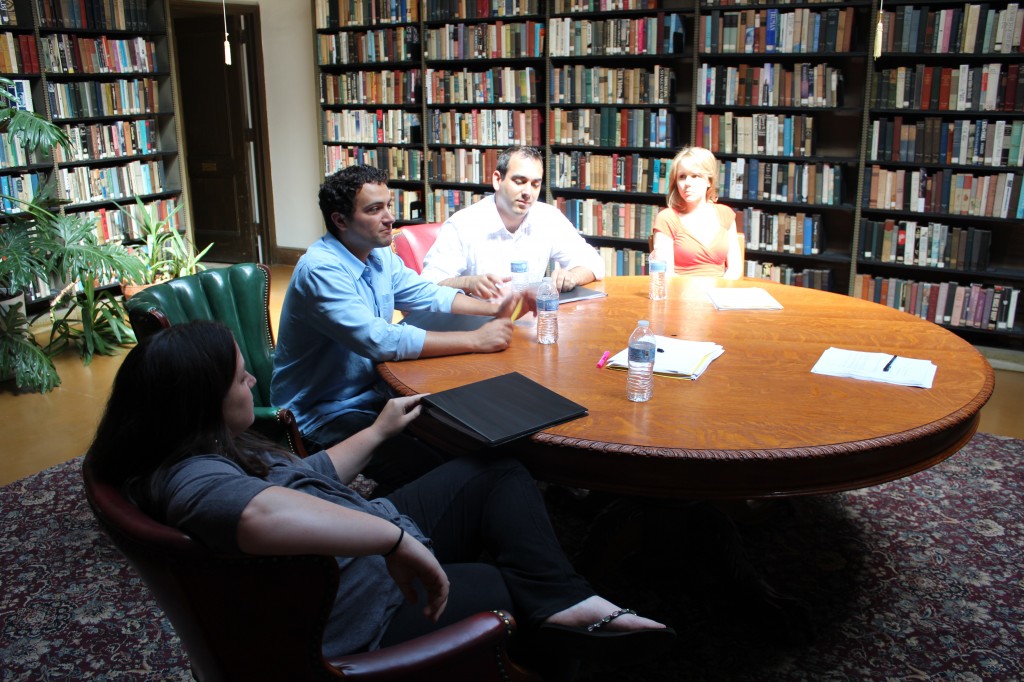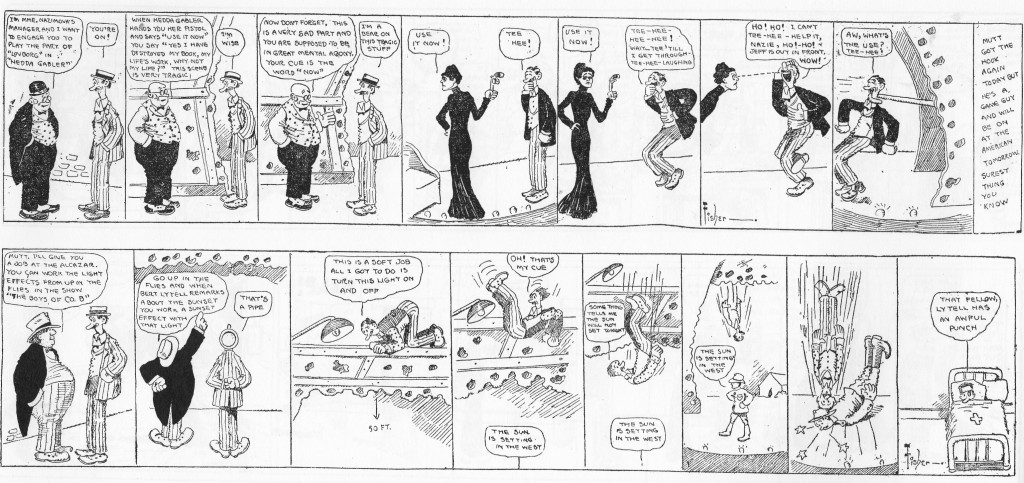In two recent columns, Miss Manners—arbiter of etiquette for those who need to align traditional values with present-day realities—has addressed crowd behavior at the legitimate theater. I find her advice heartening,
In a May column, one of the syndicated columnist’s many “gentle readers” asked “When is one obliged to join a standing ovation?” This was not a simplistic query. It was framed and expanded upon beautifully: “My understanding is that standing ovations are reserved for truly outstanding performances, and that applause while seated will suffice as a show of appreciation for other performances. However, if one’s fellow audience members judge a performance worthy of a standing ovation and rise, is one required to join them? Is it rude to remain seated?”
Miss Manners (aka Judith Martin) responds with equal precision, starting with the candid question “Do you always feel that you have to vote with the majority?,” then moving towards a related one that gets to the heart of the matter: “Is an ovation a vote, which is to say a sign of high approval of a performance? Or is it a polite gesture, a way of thanking the performers for their efforts, whether or not you thought these were successful?”
Then she unleashes a full, carefully thought-through three-paragraph response, explaining that “modern American audiences have the notion that wild enthusiasm is owed in return for any effort, and that leaving an auditorium when the piece is over without a huge show of appreciation is like leaving a party without gushing to the hosts. …
“Not quite,” she concluding that “this is true of amateur performances, especially those to which one has been invited by one of the participants. But professionals ought to have the thrill of knowing that a standing ovation is a true triumph.”
The complete response can be seen, among other places, here.
Then, just last week, another theater-etiquette question arose in the Miss Manners column. This one asked how one should behave when one wants to stay and applaud a curtain call, while others seated nearby are grabbing their coats and fleeing for the aisles.
“I’m not talking about declining the opportunity to spend 10 minutes in a standing ovation,” the reader elucidates (avoiding the need to reprint the response above). “I’m talking about scrambling to leave before the house lights are on. Do I have your permission to become so entranced by the goings-on on stage while standing and cheering that I block the people who are trying to trample over me so they can avoid the crowded traffic in the parking lot?”
Again, the divine Miss Manners takes a stand at odds with those who insist there is a single proper way to behave at the theater. (I hate those people.) She wisely acknowledges that people attend the theater for a variety of reasons, and they leave for a variety of reasons as well—a babysitter, perhaps, or a train.
That would be enough of an answer, but she blessedly doesn’t stop, and unleashes a manifesto of clued-in theatergoing:
“Miss Manners adores the theater and claps enthusiastically to express her enjoyment. But that is because she holds with theatrical tradition in considering the curtain call the proper time for the audience to express its opinion, not for it to give thanks.
“When she does not enjoy a professional performance, she does not avail herself of the opportunity to boo, because she is too shy. But she admits to relishing it when a more robust attendee lets it be known that a production is pretentious or vulgar.
“Does that make her disrespectful of the feelings of the artists involved? On the contrary, she respects them by not treating them like children who are told “Good job!” for every effort, no matter how misguided. Or like amateurs, whose invited guests should properly offer what compliments they can.
“The upside for professionals, should others discriminate, would be knowing that the applause meant genuine appreciation, and that standing applause signaled an extraordinary success.
So please don’t block the aisles.”
Again, I recommend reading the whole column, here.
You tell ‘em, Miss Manners! Live theater is considered an artform of intimacy and honest emotions. Manners are necessary to maintain order, but should stop at the point where they tell people how to think and feel. Ovate and egress as you wish; Miss Manners has spoken.

